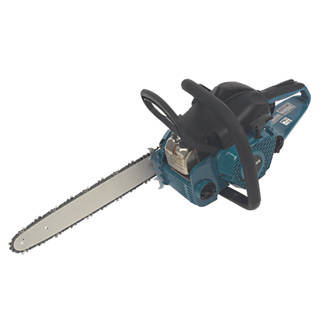Hi all,
I would greatly appreciate some advice on this. I've got terribly creaky floorboards on our 1st floor, having lifted the carpets and underlay, I've realised that previous plumbing installations have meant the fitters cut out chunks of the flooring to get access and then screwed them back in place and haven't done a great job to be honest.
Now I'd like to cut back as much as I need to get larger sections of complete floorboards, but unlikely that I'll get to a natural seam, hence the need to cut out sections. I understand that T&G floorboards are recommended as they lock well together but in my case, I wont have the opposite groove or tongue to fit into when I cut sections out. Therefore I'm wondering if it's possible to find 18mm matching boards that are plane straight edged or should I just get B&Q to cut the T&G's off? I'm sure many people face a similar issue and just wandering what the normal advice would be.
Thanks in advance!
I would greatly appreciate some advice on this. I've got terribly creaky floorboards on our 1st floor, having lifted the carpets and underlay, I've realised that previous plumbing installations have meant the fitters cut out chunks of the flooring to get access and then screwed them back in place and haven't done a great job to be honest.
Now I'd like to cut back as much as I need to get larger sections of complete floorboards, but unlikely that I'll get to a natural seam, hence the need to cut out sections. I understand that T&G floorboards are recommended as they lock well together but in my case, I wont have the opposite groove or tongue to fit into when I cut sections out. Therefore I'm wondering if it's possible to find 18mm matching boards that are plane straight edged or should I just get B&Q to cut the T&G's off? I'm sure many people face a similar issue and just wandering what the normal advice would be.
Thanks in advance!


